To Move or Not to Move? How Flexible Seating Works for Different Types of Learning
Posted by MooreCo Inc on Jan 25, 2021 4:25:00 PM
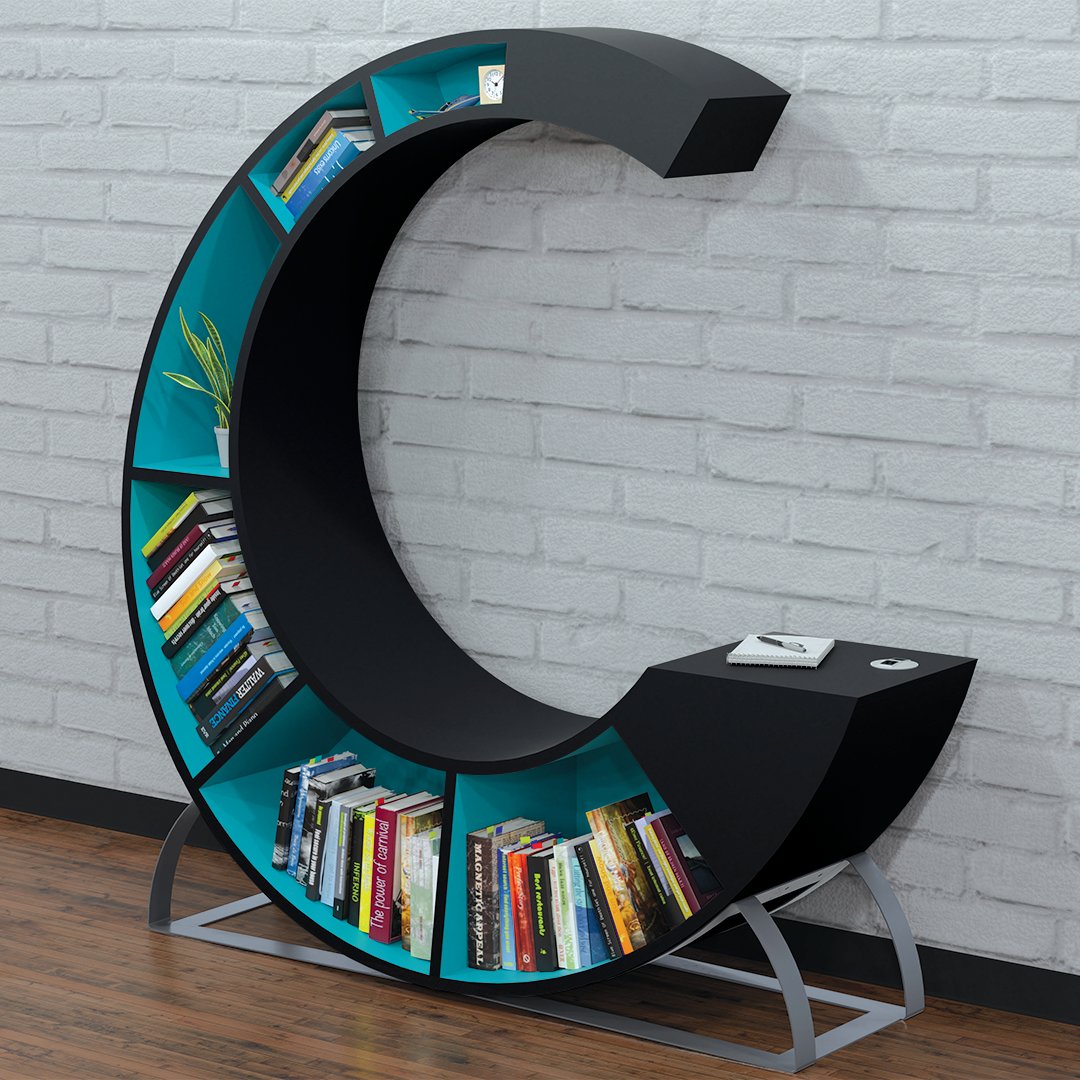
To Move or Not to Move? How Flexible Seating Works for Different Types of Learning
We know that diversity creates richness in any culture. Whether it’s within organizations, nations, or classrooms, including members and citizens from different backgrounds increases understanding, compassion, and acceptance. At our Thrive Together: Creating the Classrooms of Tomorrow fall webinar, our guest speakers spent a lot of time talking about how to create equity and inclusion in schools. But this doesn’t just apply to race, religion, or gender. It also applies to learning abilities. How each student learns is an important component to how they will succeed. For some, active learning may be the key to unlocking success in school where traditional models have failed. In this article, we’ll explore the benefits of flexible seating and active learning for including all students and promoting self-confidence and academic achievement.
The Top 10 Benefits of Flexible Seating and Active Learning Environments for Students
1. Improves Posture
 BEFORE
BEFORE
When we look at furniture from classrooms in the 19th and 20th century, we see boring, hard, and non-supportive one-size-fits-all accommodations for students. We now know that this is not conducive to optimal posture, creativity, comfort, or learning. In our Thrive Together fall webinar, MooreCo CEO Greg Moore addressed the conditions he learned in, commenting that the furniture we design and manufacture today is a stark contrast from older models.
AFTER:

What we see with furniture like the Hierarchy Chairs, Tablet Chairs, and so many more of our designs is ergonomically sound seats that support the six natural curves of the spine for optimal positioning. When we look at more dynamic options such as the Soft-Seated Dots and the Hierarchy Grow Stools, we see furniture that naturally strengthens the muscles of the core that are required to protect the spine, including the transverse abdominis, the innermost lying stability muscle of the core. Dots also allow for openness in the hips, allowing them to be in an externally rotated position. Unlike at a traditional desk, this floor seating helps to preserve flexibility of the hips and strength of the low back and core.

2. Promotes Work/Life Balance
Work/life balance is a common phrase referring to adult workers finding an optimal balance between working hard and resting or spending time with family. This isn’t a skill taught in school. And until now, had to be learned through on-the-job training. But with flexible seating and active learning furniture, we teach young students to expect that they can rest and work in one space. Balancing active learning furniture and tools with flexible seating allows students to find freedom and choice with what works best for them.
For some, this may mean having access to a tablet chair with a porcelain steel writing surface to doodle and plan out solutions to problems. For some, it will mean soft seating that allows them to find community, socialize, or rest on their own in between lessons. The point is that when we provide students with these options, they see they have a choice in how they work best. This is a lesson that will serve them in higher learning environments and in the workforce and help to reduce symptoms of burnout.
3. Teaches Mindfulness
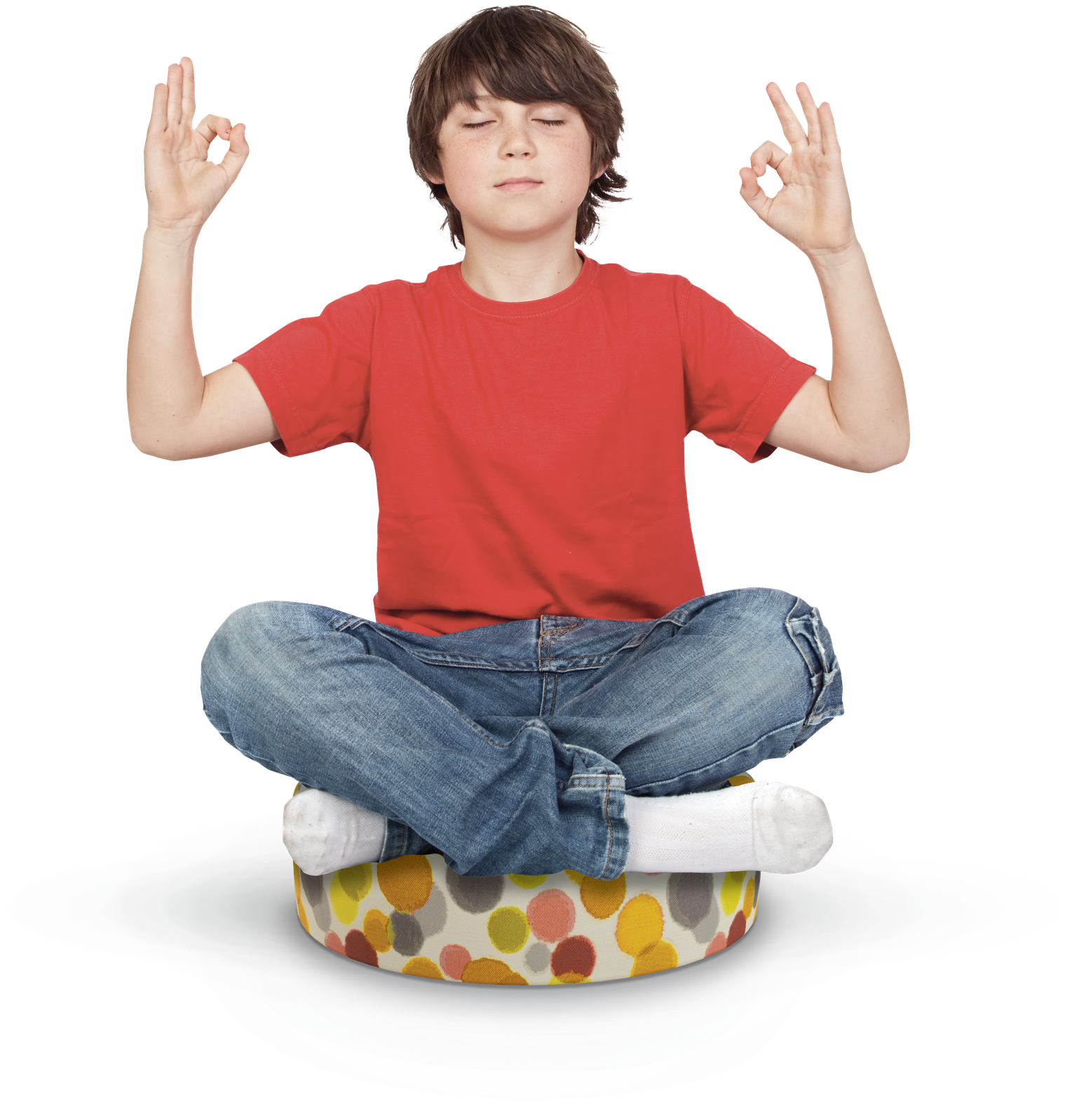
When we present students with options for how they learn best, they begin listen to the needs of their minds and bodies. They tune in. They learn to listen to the senses that alert them to harm, injury, and illness. These skills are invaluable. As Legat Architect’s Director of Interior Design Sylvia Kowalk said during Thrive Together, “If your body is not in balance, you cannot learn.”
The first step is creating comfortable environments that promote relaxation. Let each student know through design that they are valued as individuals. This is done through presenting a variety of seating options that include desks that can be written on or configured together for group learning and friendships. Soft Seating options, desks and chairs that sustain optimal positioning, and seats that encourage dynamic movement can do their job helping students remember to breathe. Studies show we relax more when we are deeply breathing. It stimulates the parasympathetic nervous system and takes us from “fight or flight” to “rest and digest” mode. Being in this relaxed state will help students retain lessons and concepts.
4. Increases a Sense of Belonging
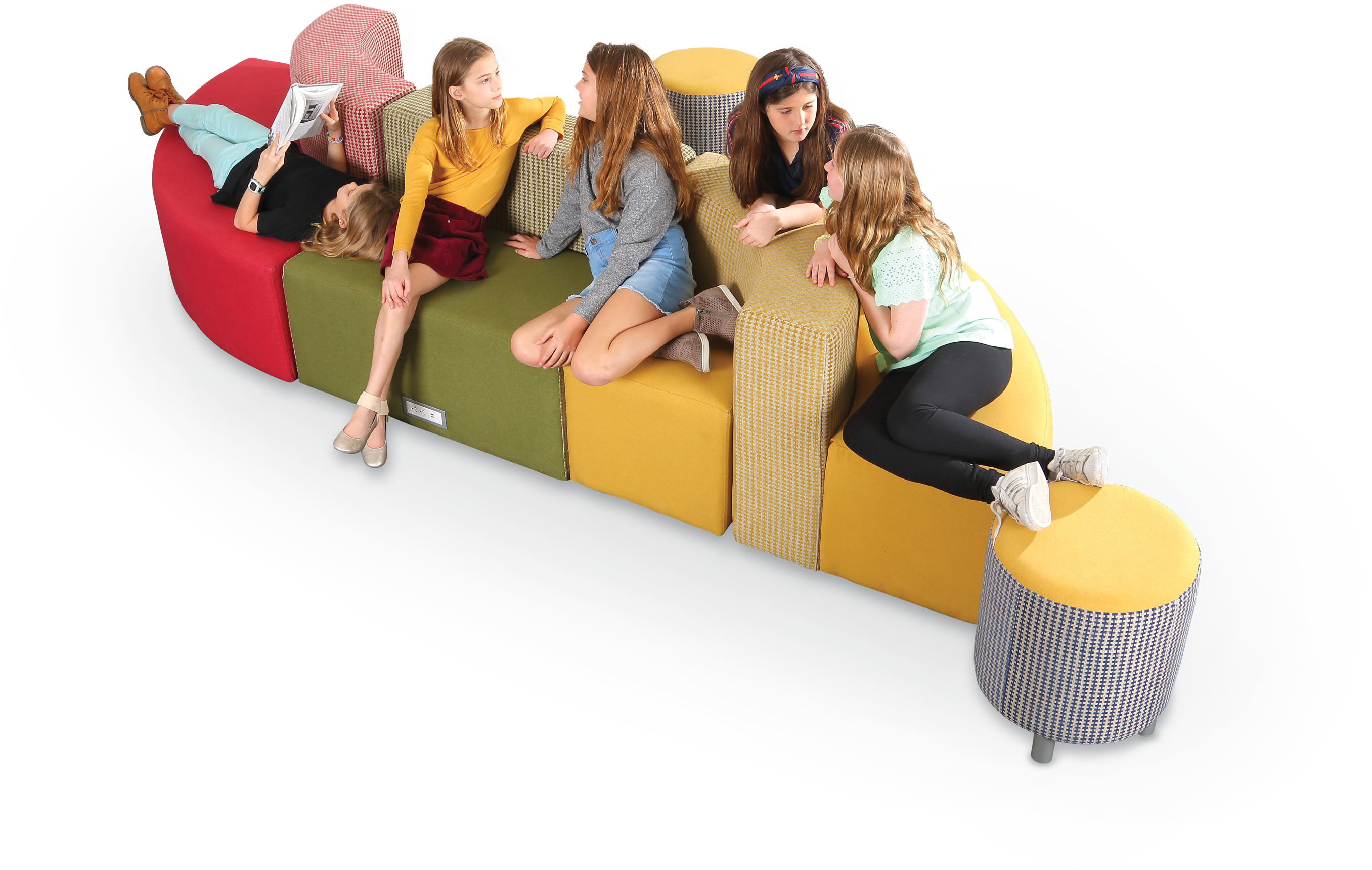
When students see that a room is created with them in mind, they feel a sense of belonging. Classrooms that are configured to promote collaborative learning will also help students socialize, brainstorm in groups, and become brave enough to ask questions.
Some aspects of design that create a sense of belonging are creating fun, playful, age-appropriate environments with bright pops of color and accessible function. Colorful glass boards can help to draw attention to the teacher or lesson being taught, while school colors represented in each room can help to boost morale and positive feeling. Finally, since we know that all students have different learning abilities, offering active learning environments sends a message of acceptance and encourages students to define their sense of self in a safe environment.
5. Provides a Deeper Sense of Relaxation
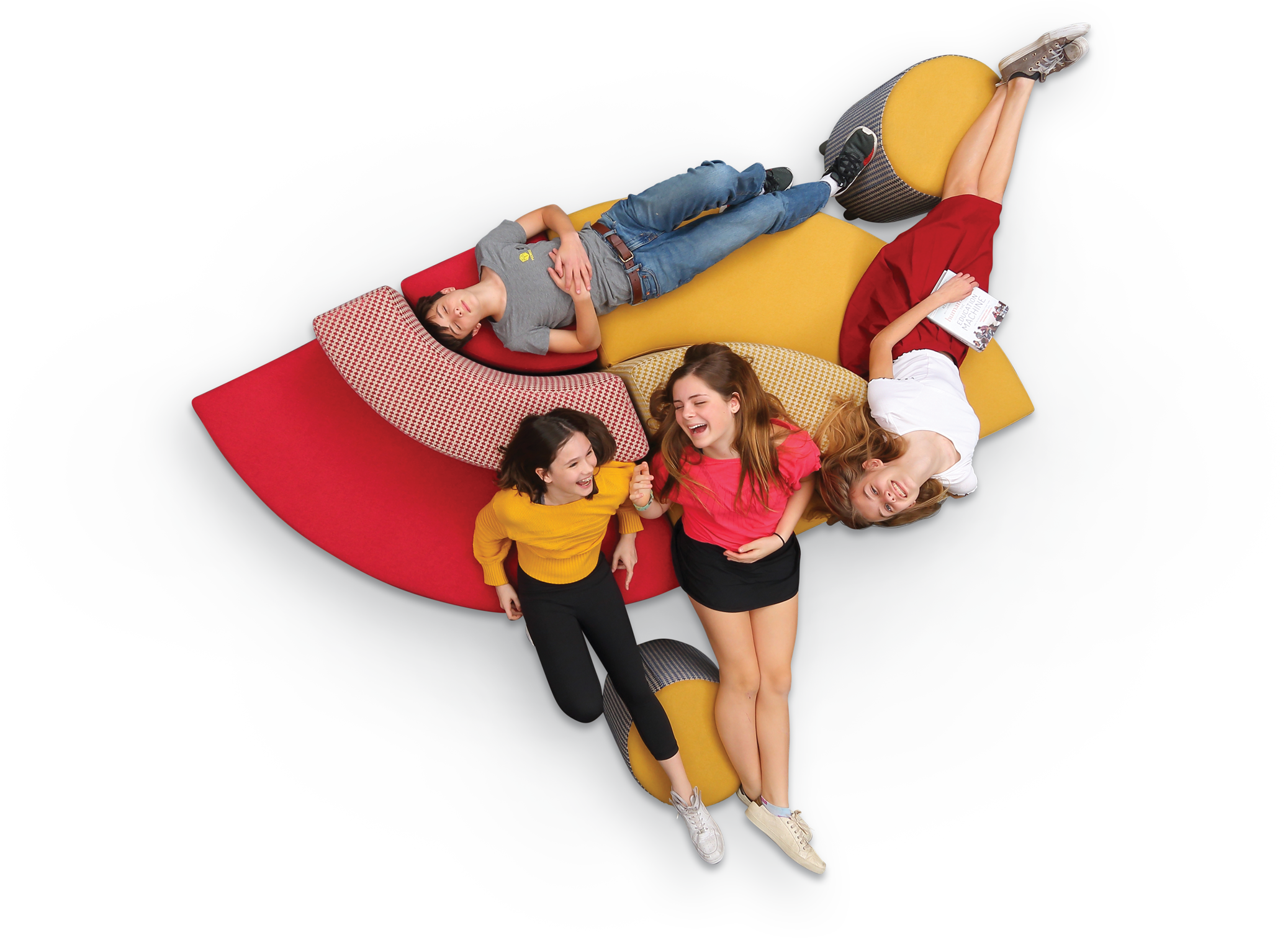
Because not all students are the same, it’s important to consider the needs of those who learn best alone and those who learn best together. Creating seating options will help put students at ease during long school days. Easily configurable furniture will put social learners at ease. If it’s also easily distanced, teachers can create room designs that allow more individual learners to relax while seated alone.
There’s no denying that soft seating in libraries, classrooms, and social spaces encourage students to relax and socialize in between classes or long lectures. Relaxation will help to preserve a positive mood and create an experience where learning is not only more accessible, but more fun. Helping students relax while learning will lay the foundation for positive study and work habits for life. As Sylvia Kowalk said, “We need to create educational environments that are engaging, motivating, and inviting- an environment that students feel they can belong to.”
6. Facilitates Authentic Productivity
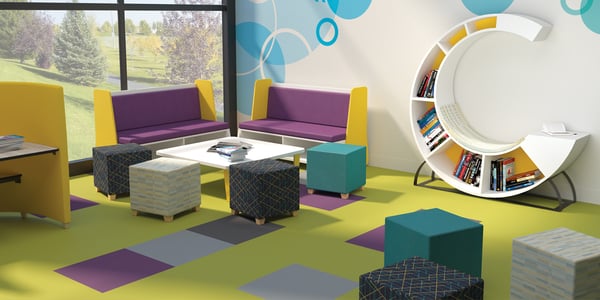
Authentic productivity is all about stimulation of the senses and mind. In plain language, that just means having fun while learning. All kids want to have fun. Active learning environments and flexible furniture can make this possible. As Legat Architects' Director of PreK-12 Education Robin Randall said, “It’s not just verbal and logical anymore. You need all these ways to stimulate learners. That’s what makes environments interesting.”
Making environments fun isn’t difficult. If you’d like to learn in it, so would kids. This means cozy materials, form-fitting chairs, bright colors, integrative technology, and every piece needed to outfit an active learning or STEM environment. If you’re not sure what would students really find fun in learning, ask a teacher! They’ll tell you. It’s about tinkering, playing, discovering, and imagining. Fun is the foundation for the retention of important lessons and will keep students wanting to come back to school.
7. Instills Self-Confidence
-1.jpg?width=5775&name=Austin%20Photoshoot%20IMG%207514%20compass%20makerspace%20setup%20w-models%20w-shadow%20(2)-1.jpg)
As MooreCo Marketing Director Polly Moore said at our conference, “Hands-on learning has proven to be the biggest confidence builder in young adults.” That’s because non-traditional methods of learning have been shown to reach to students who would otherwise be intimidated by subjects that may seem challenging. Classes like robotics and hands-on STEM invite students to find new and more fun ways to problem solve.
The way we facilitate this with environment is to provide makerspace tables and organizational tools that make creating, building, and experimenting easy. Easy-to-store materials and wide surfaces allow all students to find autonomy, bravery, and self-confidence as they are able to find their own way and solve problems with the help of other students. This type of active group learning helps each student to see what their individual strengths are, and this can translate to high self-esteem and lifelong passions.
8. Provides a Pathway to Success in the Workforce
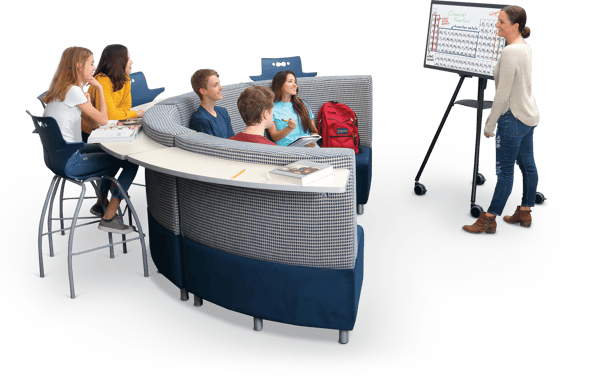
In addition to mindfulness, establishing great group learning dynamics, and creating a sustainable work ethic, active learning environments can promote a pathway to success in the workforce through technological skill. Active learning is possible through great technology that provides an integrative virtual experience. Smartboards and accessible online learning platforms have helped aid students learning remotely through the pandemic, and will continue to be valuable after the pandemic, teaching students how to collaborate from a distance for the economy of the future.
With flexible seating options that serve as media spaces, students find collaboration and comfort that can focus in around integrative technological tools. These environments prepare them for the conference rooms of the future, while personalized seats like soft-seated ottomans, benches, and dots, prepare them for the comfort of working from home.
9. Inspires Creativity
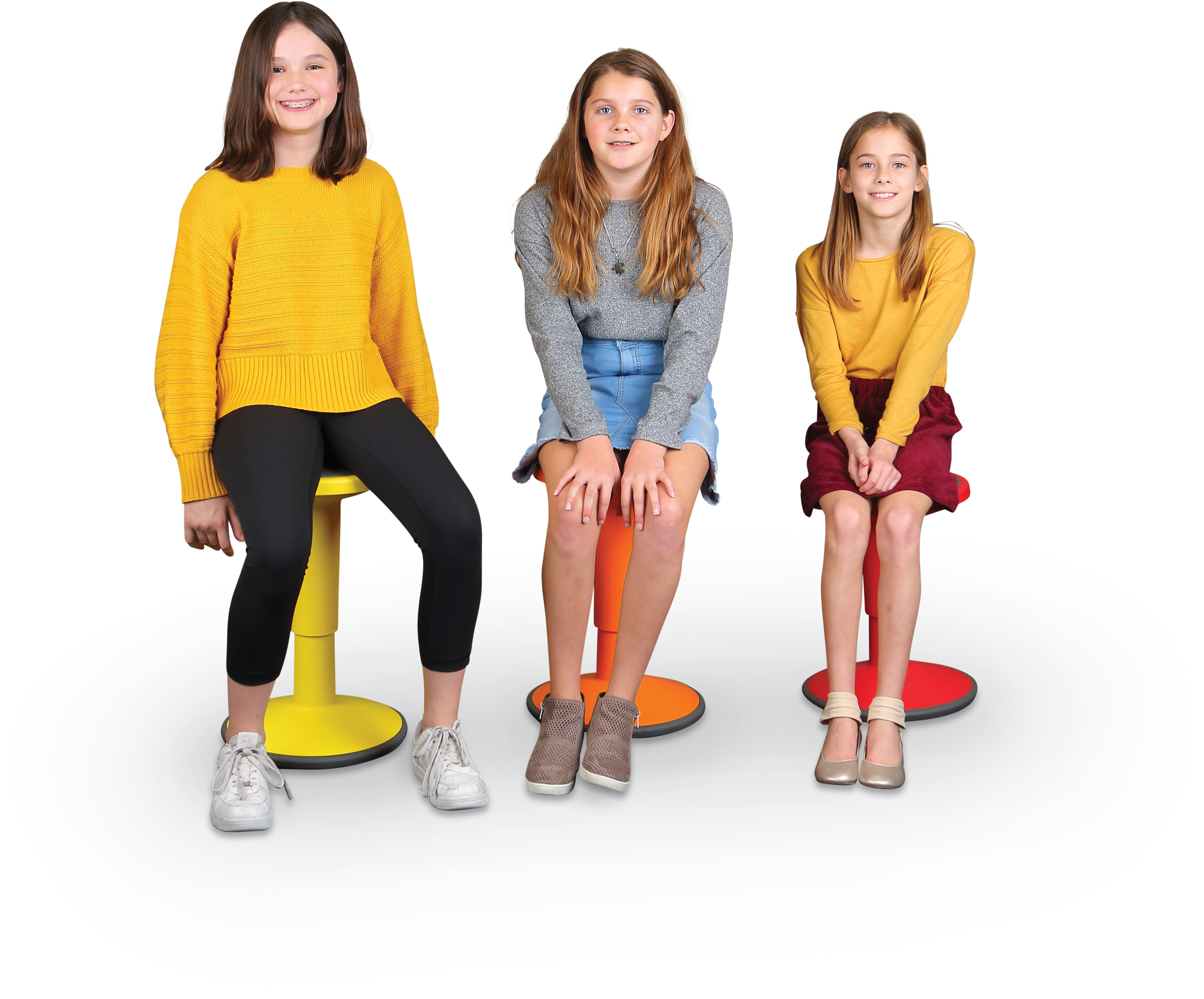
As MooreCo Director of Product Development Ryan Haase said, “I would love to learn in that! That looks like a place where kids enjoy going on a day to day basis.” Fun, flexible learning environments stimulate creativity and movement helps students of all abilities learn and relax. When the body is able to move frequently, whether in dynamic seating or from station to station in a STEM room, the mind is more easily able to envision, create, and be productive.
We also know that for adults and for children, movement of the body makes retaining concepts easier and can aid in the process of creativity. That's why all of our designs were created with human development as the foundation, so that we can provide students with environments that are fun, comfortable, and inspiring to be in.
10. Encourages Inclusion 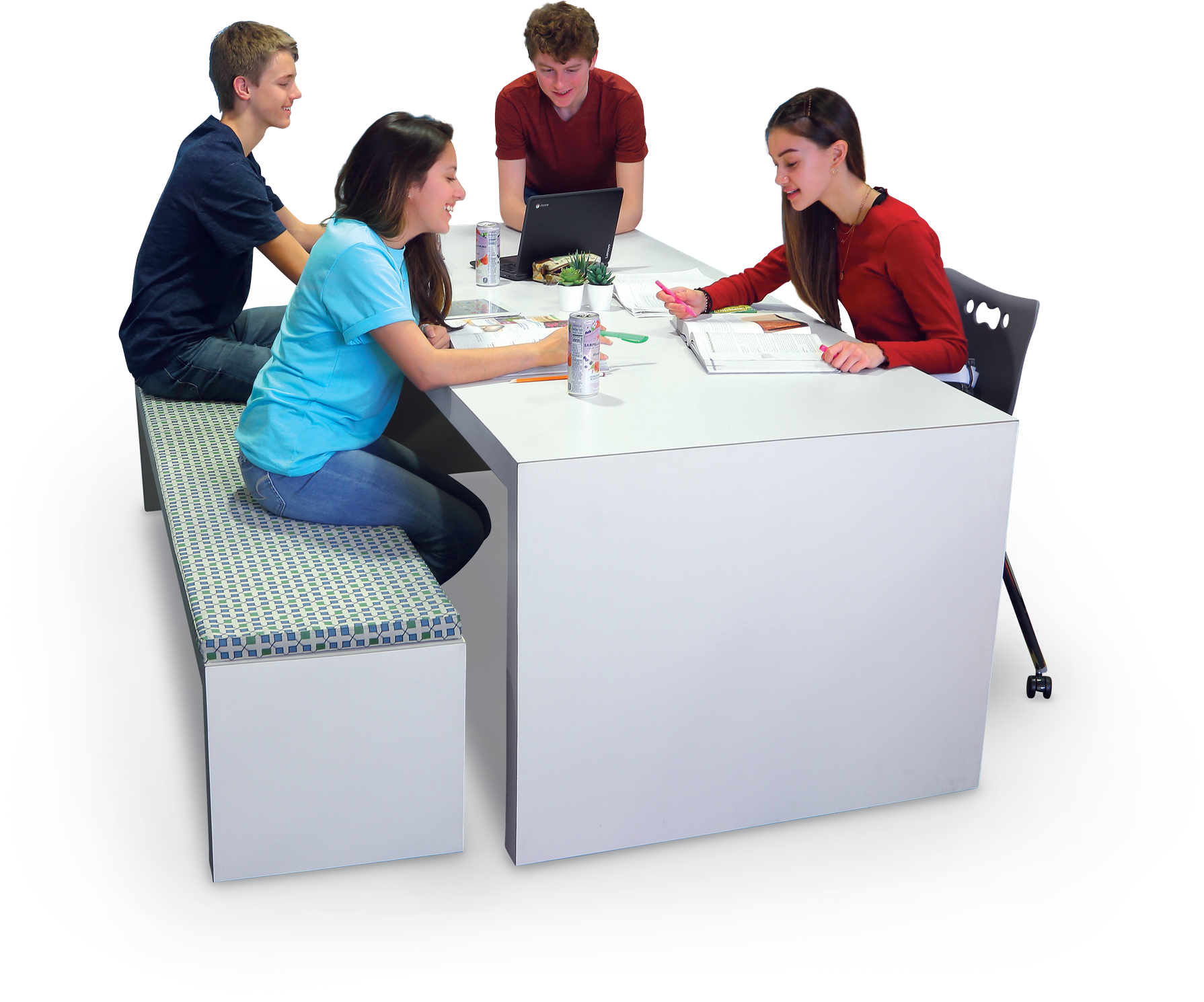
Because all students are different, creating spaces that suit a variety of needs sends the message to parents, teachers, and students, that every student’s success is a priority. With comfortable, fun, and functional seating and learning tools throughout the classroom, each student will be more likely to find their own special skills. This kind of self-acceptance may reduce bullying and increase a sense of inclusion among classmates of all ages.
Furniture that suits a variety of needs, whether it's helping students with ADHD focus, or allowing students with sensory issues to work in a way that quiet and personal, providing active learning spaces to all will inspire awareness, inclusion, and acceptance.
We’re Here to Help…
Are you ready to create a classroom disguised as a playground, or a think tank that doubles as a social circle? We’ve got you covered. Call us today to learn more about what flexible seating and active learning features will suit your learning environment best.
Topics: Color, Active Learning, Active Classroom, Technology, Back-to-school, Diversity, Equity, and Inclusion, Ergonomics, Educators
